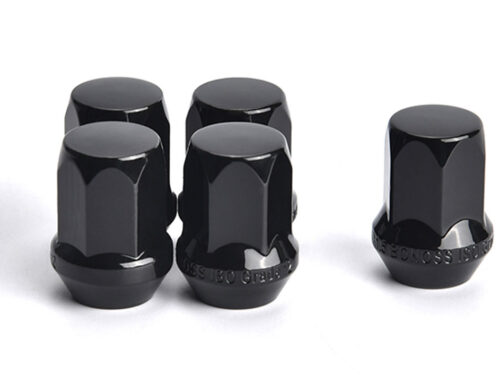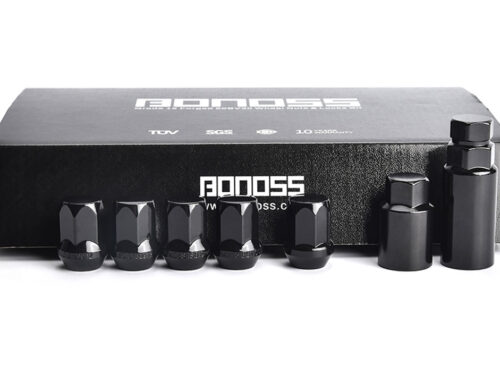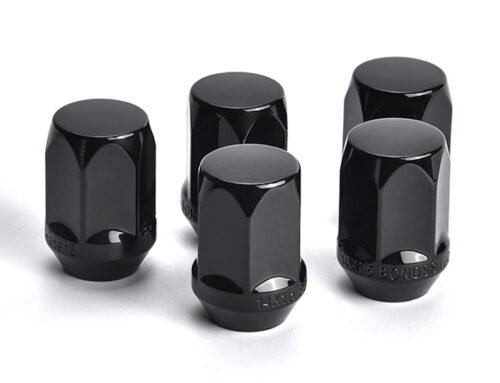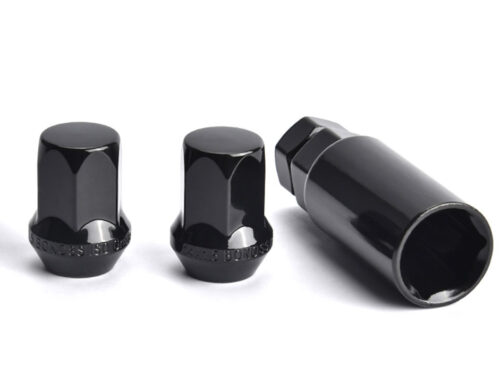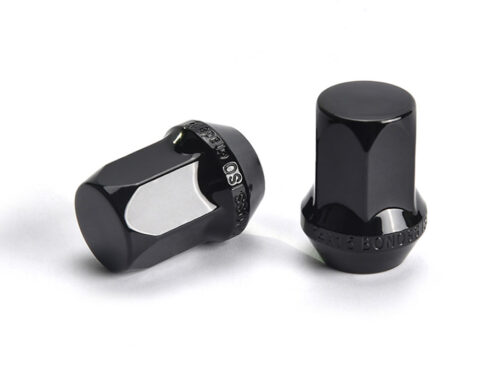Installing spacers for rims is quite simple, almost can be done in a few hours. To consider safety, it is recommended to install them under the guidance of a Qualified Mechanic. If you would like a DIY, the installation reference below may help you go through every step. Firstly, you need to prepare some hand tools and a way to lift your car.
Items you’ll need: Floor jack, Jack stands, Lug wrench, Lug socket, Torque wrench, Degreaser (Optional), Emery cloth (Optional)
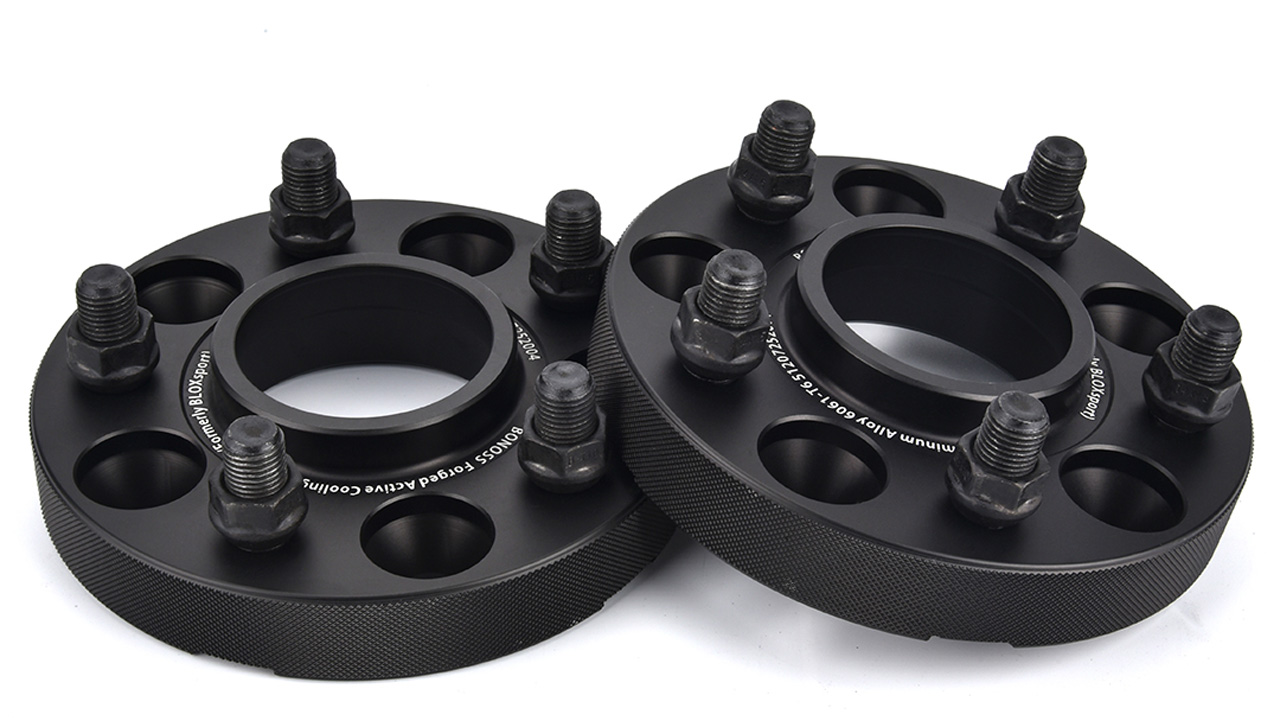
- Pack your car on a level surface. Loosen all the lug nuts in a “Star” shape pattern but do not fully remove them.
- If you don’t have access to a car lift, you can use a floor jack to lift the car. Remember to place jack stands to support each end of the car.
- Finish removing all the lug nuts on the raised wheel. Hold the wheel with your hands to prevent a sudden drop and slowly slide it off the hub and set it to the side for a short while.
- Spray degreaser on the studs and use a wire brush to clean the threads. If the hub is dirty, rusted, or pitted use the emery cloth to clean up the surface. Wipe down the entire hub surface, ensuring it is clean and smooth.
- Place the wheel spacer on the hub and align the holes in the spacer with the wheel studs, and ensure that the spacer is firmly seated and flush against the hub.
- Use the provided lug nuts to tighten the wheel spacer to the factory studs. Carefully turn the lug nuts by hand to ensure they are easy to thread in to avoid cross-thread. Tighten the lug nuts with a torque wrench in a star pattern. This should be done to the manufacturer-recommended torque.
- Install the wheel onto the new studs that protrude from the wheel spacer and make it seat firmly against the wheel spacer. Fasten the lug nuts in a star or crisscross pattern using a lug wrench but do not torque the lug nuts fully. Do this for all the other wheels.
- Use the floor jack to lift the car so that you can remove the jack stands, use the jack to lower the car slowly until the wheel is in full contact with the ground, and then remove the jack.
- Use a torque wrench with the manufacturer-recommended torque specification to snug up the lug nuts in a star pattern to ensure that the load is applied evenly. But do not overtighten the nuts.
- Now, you’ve completed the installation of wheel spacers! It’s advisable to check your wheel spacers after driving for the first 100 miles. This is to ensure that they are still safely secured and functioning well.
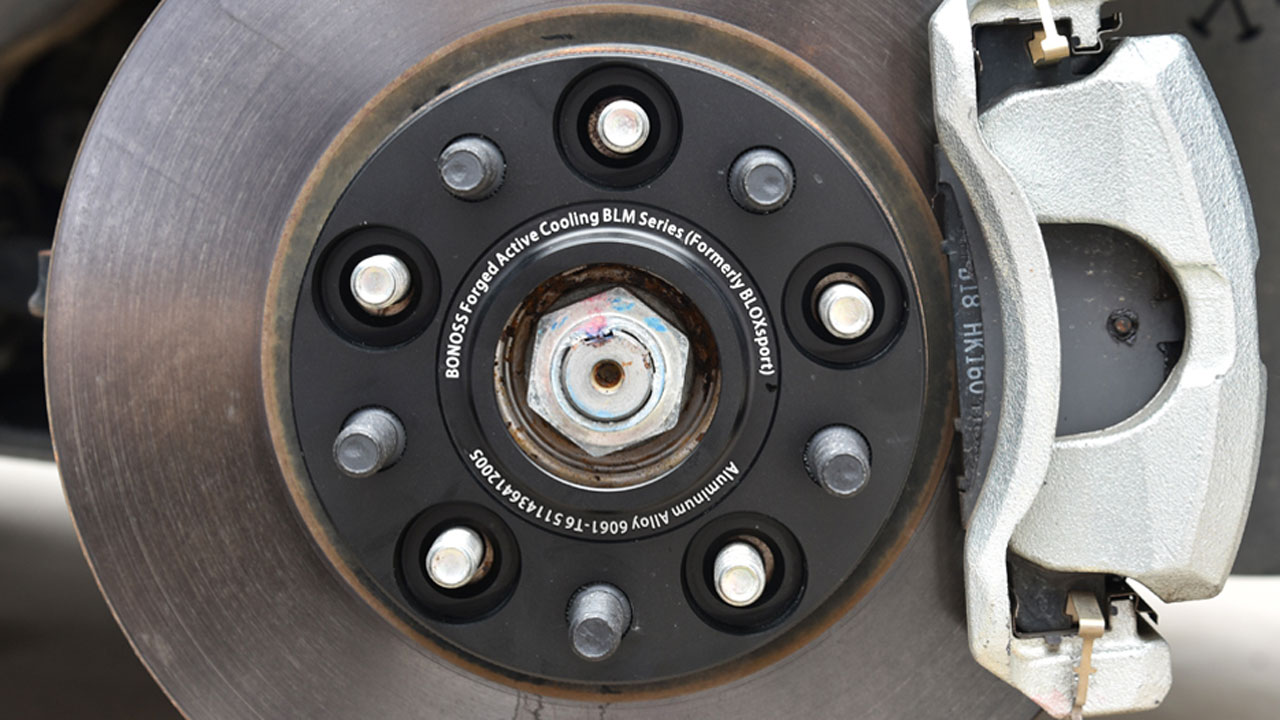
How to Keep Safe When Using Spacers for Rims?
Spacers for rims are exactly safe if you follow the basic guidelines outlined. Also, the failures that occur are mostly caused by operation errors and not the spacers themselves. If installed properly, high-quality spacers won’t exert more force on your suspension, which means you won’t have any problems. Besides, adding larger or wider tires may rub against suspension components. And proper spacers for rims are typically used to solve this problem, which improves safety. Using hub-centric spacers is safer than lug-centric ones, as they allow the wheels to rotate in balance. Nowadays, they have become a fundamental part of wheel modifications. To keep safety, serval guidelines you need to follow:
- Install the spacers properly under the guidance of professionals.
- Use reputable quality billet aluminum wheel spacers.
- Double-check that all lug nuts are tightened to the manufacturer’s specification with a properly calibrated torque wrench in a crisscross, star pattern.
- CHECK and CONFIRM the proper alignment and function of your wheels and tires before driving.
- EXAMINE the performance of your wheels, tires, and wheel spacers in a controllable environment before driving.
- Never operate the vehicle if wheels, tires, or wheel spacers are damaged or worn.
- It is always a great idea to regularly inspect the tightness of the lug nuts, especially soon after installation. Give the spacers another check after 100 miles of driving to make sure they’re still in place well and the lug nuts are tight.

